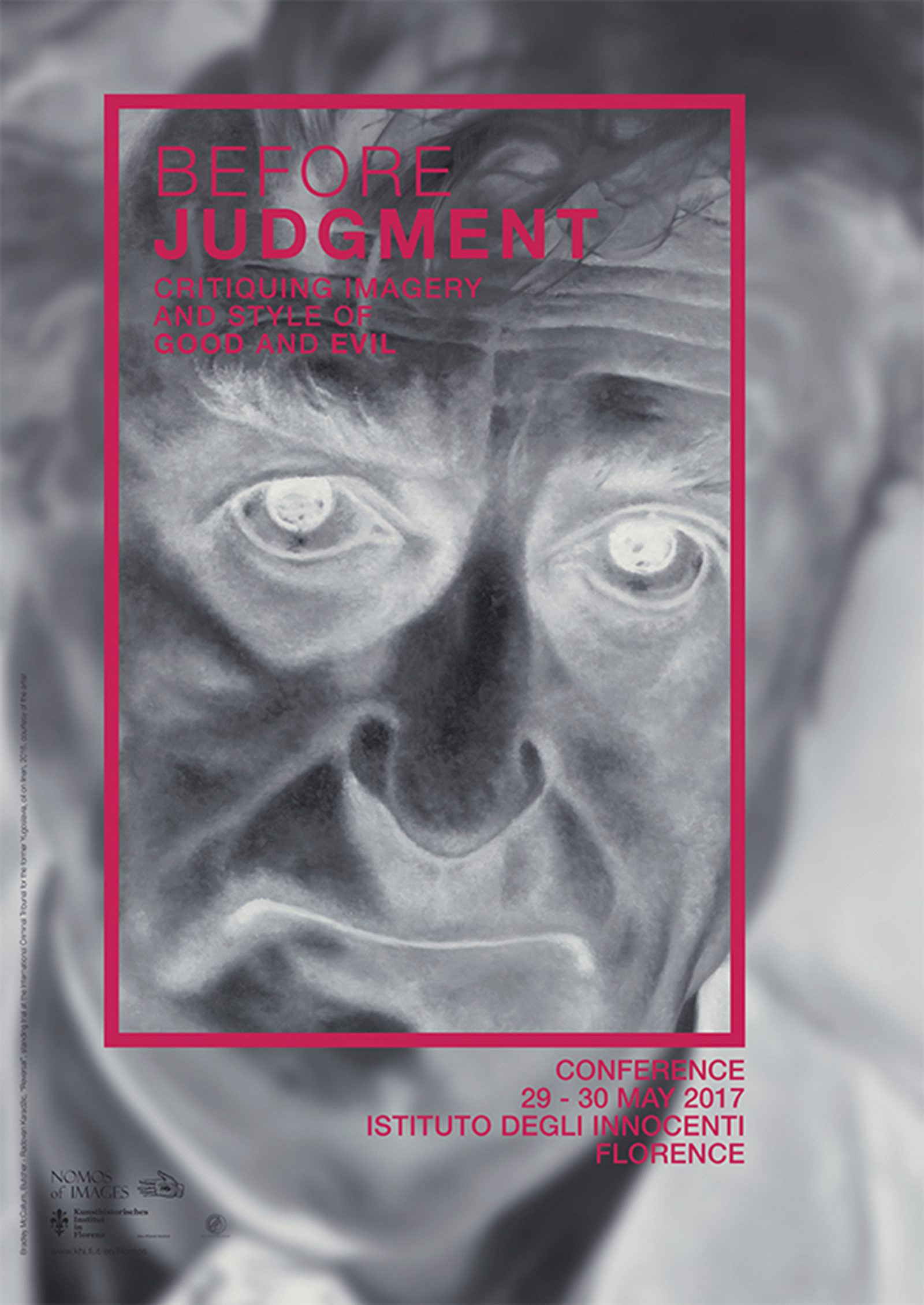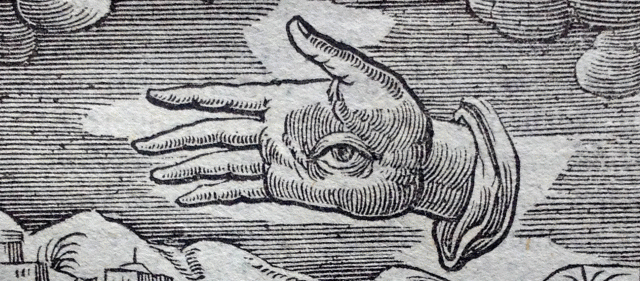Convegno
Before Judgment. Critiquing Imagery and Style of Good and Evil
organized by the Minerva Research Group "The Nomos of Images. Manifestation and Iconology of Law"

An uncanny play of prefixes to the German term Urteil (judgment or adjudication) mirrors the common observation that every act of sentencing (Verurteilen) is preceded by prejudice (Vorurteilen). Prejudices, as tacit assumptions underlying judgment, predetermine how a crime, a deed, or a criminal profile is reconstructed or how the gravity of a deed is perceived, if not subjected to critical scrutiny. Judicial judgments are as much shaped by images and forms as by language. Hence, legal norms themselves can be apprehended as artefacts of social and cultural practices, which not just regulate actions, but co-create the identity of subjects and communities acting through them.
Although the codification of positive law seeks to counter the moral duality of "good" and "evil" as these ascriptions entail arbitrary misuse, the workings of imagination and fiction remain operative. They gain relevance especially in situations of a perceived or actual legal deficit, for instance, when different legal spheres – state and church or diverse national jurisdictions – come into conflict with one another, when new facts emerge, or the law no longer reflects the lived reality. While in criminal law today the notion of "evil" is restricted to signalling culpability (Gesinnung or attitude, character), establishing the criminal proclivities of the purported perpetrator, it remains notoriously resistant to formal rationalizations. Whether assessments, actions and facts are deemed "evil", illegal and criminal or, conversely, legal or lawful and, therefore, "good", is dependent on a cultural framework, in which imagery and forms play a significant role. The administration of justice both mirrors and reshapes this framework. Legal judgments, thus, comprise dispositions, assumptions and interpretations that are closely related to aesthetic judgments. Consequently, images and forms that extend into the legal realm require critical attention, taking into consideration, in particular, aesthetic, stylistic and visual perspectives.
The main objective of the conference is to analyze the place and significance of visual media in determining the interplay between norm and deviation: How is "evil" visualized and framed in normative terms? In what ways are "good" and "evil" manifested as opposing forces and by which means do these images – directly or indirectly – refer to perceptions of norms and law? Furthermore: How do each of the different legal and norm systems generate specific constructions of "evil" and how do they relate to the visual? Not just the subject and the use of these images are at stake, but also aesthetic and stylistic criteria. In this context, while "evil" must be viewed as an apolitical paradigm, its success and reach in times of crisis need to be reflected upon critically. Ranging from demonically imbued images, figurations of "evil" (devil, demon, monster, tyrant) and the techniques of its exorcism (apotropaics) to physiognomic strategies of criminalisation, from the forensic commensurability of representations, proportion and dimensionality to its unrepresentability and banality, its distortions and antinomies, from aesthetic antagonisms to transparency, the question of "evil" will serve as a leitmotif for reconsidering the relationship of society, legal practice and visual culture.
The conference will bring together scholars from a wide range of disciplines such as legal theory, philosophy, political theory, and art history, to explore common fields of research, discuss new methodologies and remap critical legal image studies. The panels will address "Evil Images", "Demonization and Magic", "Images of Judging", "Bodies in Confinement", "Before the Court", "Seeing and Adjusting", and "Pictorial Evidence". Speakers include Dominic-Alain Boariu, Peter Bokody, Horst Bredekamp, Federico Dal Bo, Lena Foljanty, Florian Göttke, Lisa Haber-Thomson, Ruth Herz, Stefan Huygebaert, Henry Kaap, Sabine Müller-Mall, Michele Papa, Ludger Schwarte, Bruno Sotto Mayor, and Annette Vowinckel.
Scarica
29 – 30 maggio 2017
Istituto degli Innocenti
Sala Brunelleschi
Piazza della Santissima Annunziata 12
50121 Firenze
Avviso
Questo evento viene documentato fotograficamente e/o attraverso riprese video. Qualora non dovesse essere d’accordo con l’utilizzo di immagini in cui potrebbe essere riconoscibile, da parte del Kunsthistorisches Institut in Florenz a scopo di documentazione degli eventi e di pubbliche relazioni (p.e. social media) la preghiamo gentilmente di comunicarcelo.



